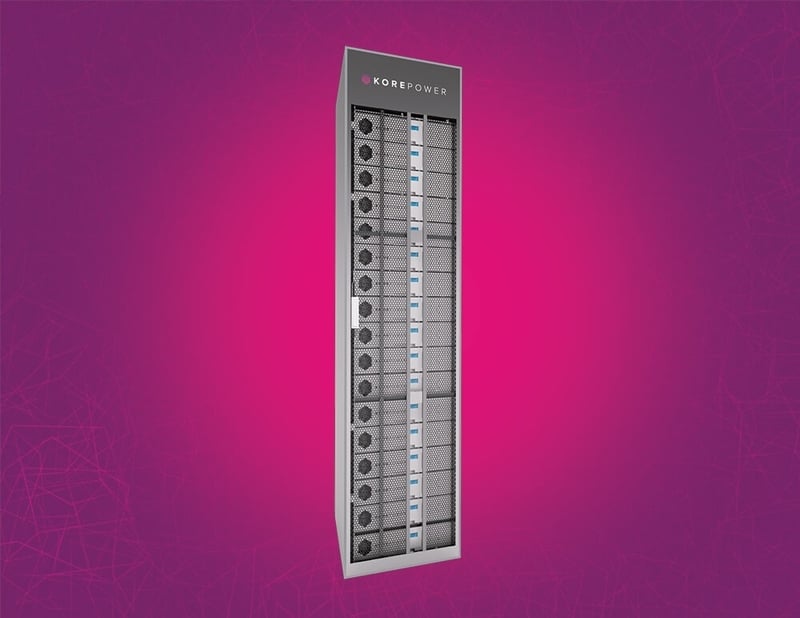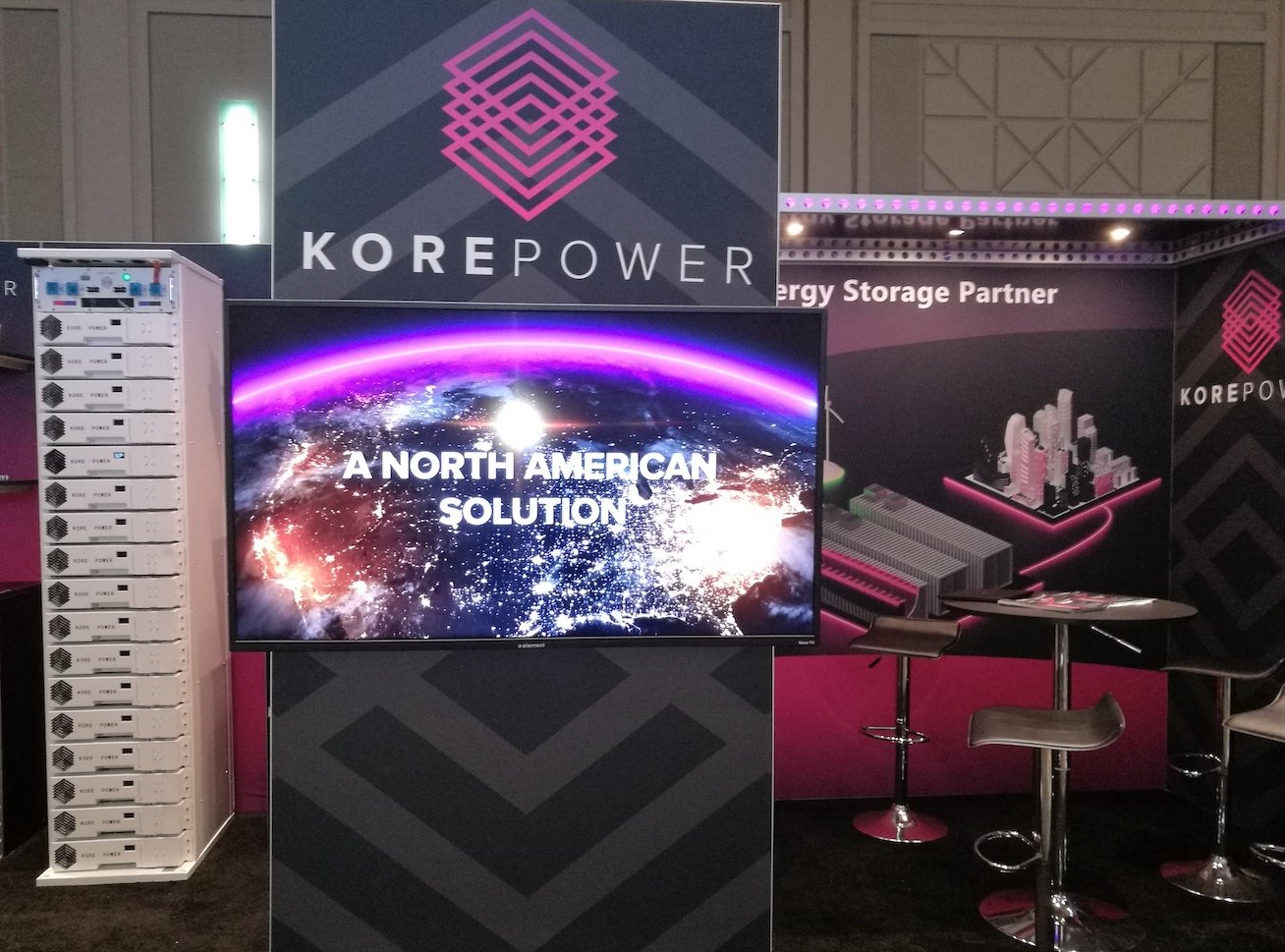As readers of Energy-Storage.news are no doubt well aware, the United States energy storage market is achieving rapid growth.
As analysts project a thirteen-fold increase for the category over the next six years reaching 158 gigawatt-hours by 2024, there is now significant demand for battery manufacturing capacity in the U.S. This is true for the entire category, but especially so for industrial scale applications, as evidenced by utility-scale storage representing the largest market segment in 2018 at 394.8MWh, and experiencing double-digit growth of 11.3% year-over-year.
Many expect there to be continued growth and viability of industrial-scale batteries that are capable of powering energy storage systems. These solutions include those that sit predominantly in front of the meter, supporting utility-scale electricity generation, transmission and storage.
This technology can replace fossil fuel peaker plants, enhance wind and solar plus storage projects, optimise microgrids, improve the utility’s ability to meet fluctuating demand, manage power disruptions – and be deployed in commercial, industrial, mining and military projects.
Try Premium for just $1
- Full premium access for the first month at only $1
- Converts to an annual rate after 30 days unless cancelled
- Cancel anytime during the trial period
Premium Benefits
- Expert industry analysis and interviews
- Digital access to PV Tech Power journal
- Exclusive event discounts
Or get the full Premium subscription right away
Or continue reading this article for free
It is a common misconception that “the technology isn’t there yet,” as most industry insiders will tell you that many of the hurdles to mass adoption of industrial energy storage relate to a lack of supply. Across the current landscape, many energy storage supply chains are bottle necked and wracked with costly inefficiencies that delay the process of production to delivery. While there are a number of international companies shipping product that has helped spur this sector’s growth, domestic manufacturing would help the U.S. meet battery demand with batteries made in the U.S.

Supporting job creation across the United States
There is another obvious, very positive outcome related to domestic manufacturing: the construction and subsequent operation of domestic manufacturing facilities will stimulate economic growth and create numerous jobs. Better yet, these jobs are suitable for professionals possessing varying skill levels and experience, ranging from entry-level to highly specialised.
There are other byproducts of the continued growth of the industrial energy storage category:
We expect the production at industrial battery storage manufacturing facilities to accelerate the transition of energy supply from predominantly fossil fuel-based systems, to cleaner sources of energy. In part, we anticipate this because state and federal governments are seriously motivated to make this shift.
There are currently twenty-nine states, including the District of Columbia, that have a Renewable Portfolio Standard (RPS) in place – these are regulations that require states or districts to gradually shift their production of energy from fossil fuels to renewable energy sources.
States including California, Washington and Colorado have adopted targets whereby 100% of their energy must come from renewable sources by 2045. Colorado is already detailing how two of its municipalities, Aspen and Glenwood City, are 100% powered by renewable energy technologies such as solar, wind and landfill gas. At present, 35 states operate utility systems with industrial-scale energy storage components, and 47 in total are at various stages of implementing systems that rely on energy storage!

‘A vision for a cleaner future’
KORE Power shares a vision for a cleaner future and job creation and is committed to doing its part to spur this trend to fruition. We are currently reviewing potential sites in a handful of states within the U.S. as part of a process to select the best location for the construction of our manufacturing plant. The new facility is expected to domestically produce systems that power the growing industrial storage sector, and will also stimulate economic growth by creating 2,000 US-based manufacturing jobs.
The proposed one million square-foot facility will produce KORE’s trademarked Mark 1 Energy Storage System using state-of-the-art, fully automated battery assembly lines and processes. The plant is designed to meet market demand for battery energy storage systems, and once completed, will possess 10GWh of highly scalable manufacturing capacity.
The role that energy storage systems play in creating energy supply from clean sources, coupled with rising demand and increasing bipartisan legislative support, clearly demonstrate the market opportunity for battery storage systems and domestic manufacturing.
Cover Image: KORE Power’s planned manufacturing facility in the US, which would host 10GWh of manufacturing capacity.
